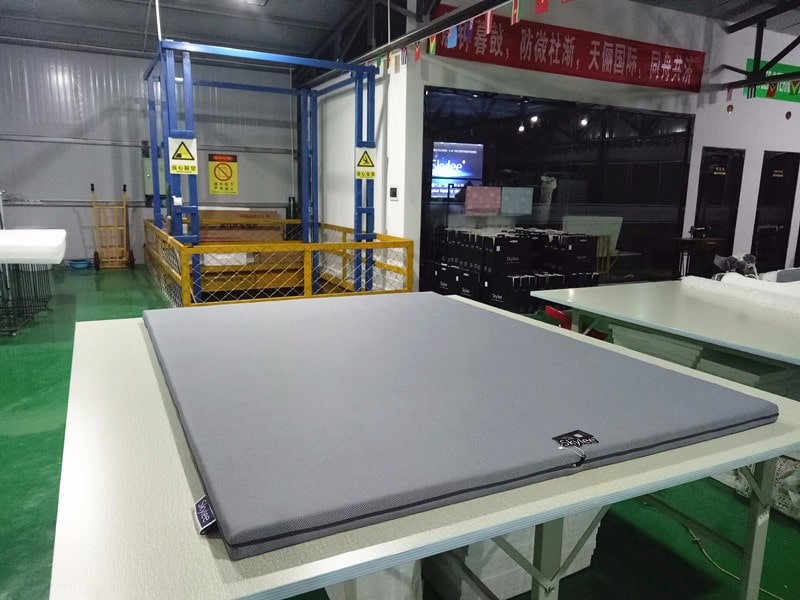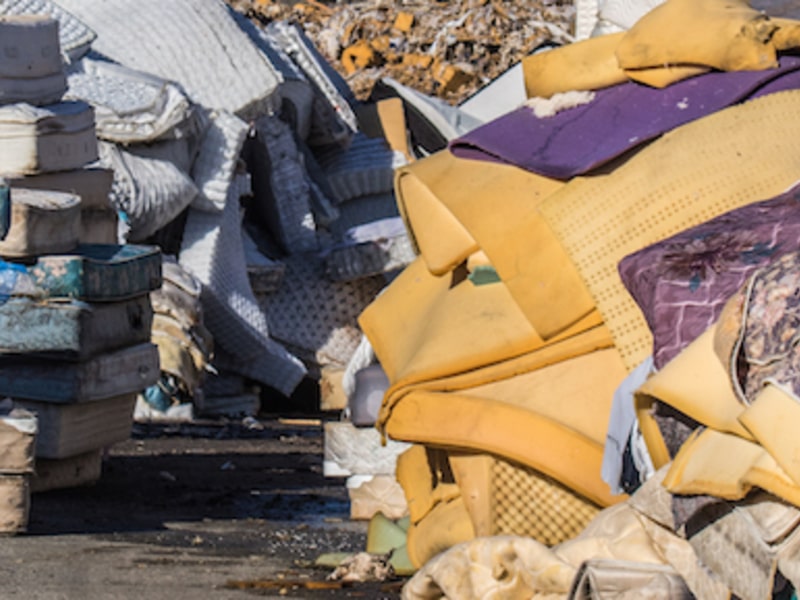
Do you know what are the best material for mattress there are on the market? In today’s article we bring you the classification of the mattresses according to the material they are made of, as well as the characteristics of each one of them so that you can choose the one that best suits your preferences.
The leading manufacturers in the world of rest have introduced a great number of technologies and treatments that allow the commercialization of mattresses of great comfort, adaptability, firmness and hygiene. For example, there are treatments that allow the mattress to be free of dust mites, bacteria and fungi, which allows for greater transpiration.
As you can see, nowadays there are different materials to design mattresses, some more hygienic than others, but regardless of the mattress you have, you should also bear in mind its cleaning and maintenance. In previous articles we talked about how to keep our mattresses clean and remove all kinds of stains, you can see it here.
Before starting with our classification of mattresses we will clarify that this division refers to the material of the core or central block of the mattress, which is the part that provides firmness and support capacity.
The main types of mattress according to their material
- Docks
- Latex
- Viscoelastic
- Foaming or HR
Mattresses made with springs
Our first type of mattress refers to the spring mattress. We are talking about the oldest mattresses and they have been manufactured since the 19th century.
Nowadays, 3 types of springs are used in the manufacture of mattresses:
Independent springs
Also labeled as Bonnell or Bicone springs. The shape of these springs is that of an hourglass, which allows them to adapt better to the weight of the different parts of the body. They are connected by steel wire and are not too complicated due to their structure.
Continuous springs
Unlike the independent spring mattresses, in this type of core we talk about a spring casing formed by a single continuous wire. This thread is distributed in a Z shape along the whole structure, providing a great consistency to the mattress.

By increasing the density of the wire on the surface of the rest, the continuous wire allows to eliminate empty spaces, achieving a better support of the body. They offer great firmness and durability, superior to that of the Biconic mattresses, that is why their prices are higher.
Bagged springs
These springs are barrel-shaped and each one is inserted into a bag or textile sack to avoid rubbing. Bagged spring mattresses are particularly comfortable and provide an ideal system for double beds.
This type of mattress also tends to have a high durability, thanks to its system of bagged springs and the lack of friction makes it resist better the passage of time.
What types of spring mattresses are most suitable?
The spring mattress that best suits you depends on your preferences. What you have to take into account is that the pocket spring mattress offers you a great deal of independence of bedding, the continuous wire spring mattress has a great stability and firmness and the biconical or Bonnell wire mattress is firm and economical.
The main advantage of this type of mattress is its breathability and ability to dissipate heat. It should also be noted that they are easily recyclable.
Mattresses made with latex material
The latex mattresses on the market are of different qualities, depending on the type of latex they contain.
Latex is a natural material that is obtained from the sap of the rubber tree (natural latex mattresses) or is produced synthetically (from petroleum). In its natural state, latex is a viscous liquid so it is necessary to add chemical additives to adopt a solid state that can be used in the manufacture of mattresses.
